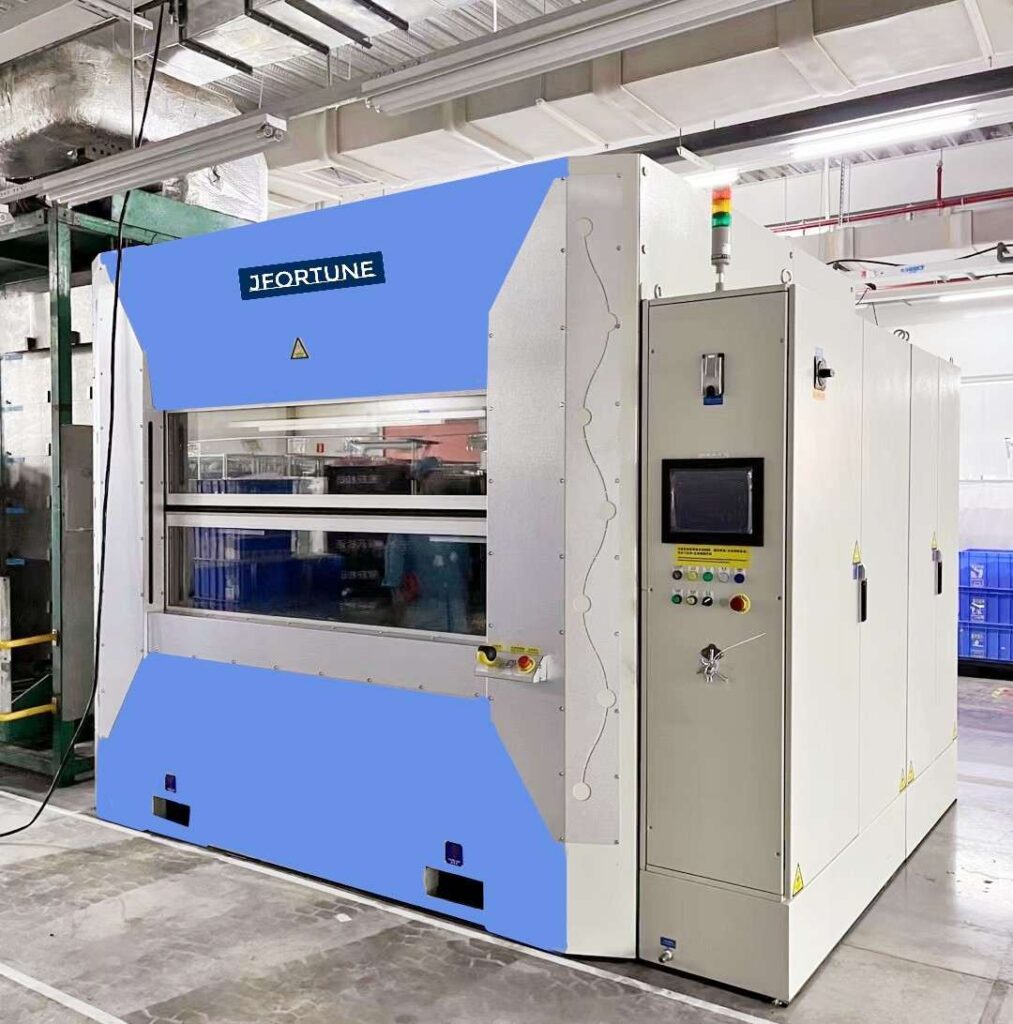Vibration welding is a versatile joining technique known for its ability to create strong, durable welds in thermoplastic parts. While there are many methods available for plastic welding, vibration welding stands out in specific scenarios due to its unique capabilities. Here’s when vibration welding is the best choice:
Table of Contents
Toggle1. Welding Large and Irregularly Shaped Parts
Vibration welding technology is ideal for joining large, irregularly shaped plastic components that require a high-strength bond. Examples include:
- Automotive Parts: Instrument panels, air intake manifolds, and air ducts.

- Household Appliances: Water reservoirs, balance rings, and agitators.
- Consumer Electronics: Large housings and window frames.
2. Joining Dissimilar Thermoplastics
The process excels at joining different thermoplastics, provided they have similar melting points. This is particularly useful when creating products with mixed-material construction, such as automotive assemblies that combine different polymers.
3. Creating Airtight and Leak-Proof Seals
Vibration welding process forms airtight and leak-proof seals, making it perfect for applications where fluid or gas containment is crucial:
- Fuel Tanks: Automotive fuel tanks and fuel filler necks.
- Reservoirs: Coolant and fluid reservoirs in vehicles and appliances.
- Filter Housings: Air, fuel, and oil filter housings.
4. High Production Volume Requirements
With short cycle times ranging from 2 to 10 seconds, linear vibration welding is suitable for high-volume production environments. Manufacturers requiring rapid, consistent, and reliable welding for large-scale production lines benefit from this process.
5. Welding Complex Geometries
Due to its ability to conform to complex weld contours, vibration welding is a reliable solution for parts with intricate geometries, such as:
- 3D Weld Contours: Irregularly shaped parts with detailed contours.
- Multiple Weld Zones: Parts requiring multiple weld zones across different surfaces.
6. Minimal Surface Preparation Needs
High-Frequency Vibration Welding requires minimal surface preparation, reducing production time and ensuring consistent weld quality. This is advantageous when working with parts that need rapid assembly without extensive pre-treatment.
7. Avoiding Adhesives and Fasteners
In applications where adhesives or mechanical fasteners are impractical or undesirable, vibration welding provides a strong, seamless alternative:
- Eco-Friendly: Eliminates the need for adhesives, reducing chemical waste.
- Aesthetic Appeal: Produces a cleaner, more aesthetically pleasing joint.
Conclusion
Vibration welding is the best choice when you need to join large, irregularly shaped plastic parts with speed, strength, and precision. Its versatility in handling complex geometries, dissimilar thermoplastics, and airtight seals makes it invaluable across various industries. Whether you’re in automotive manufacturing, appliance production, or consumer electronics, Vibration Welding Applications provides a high-quality, efficient, and eco-friendly solution for your plastic joining needs.
